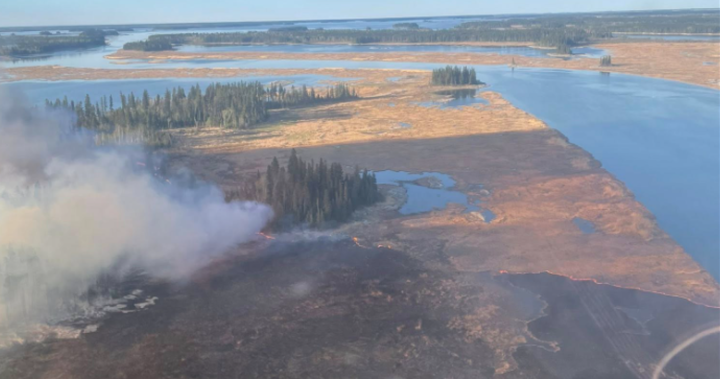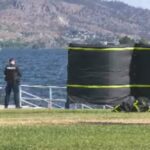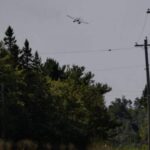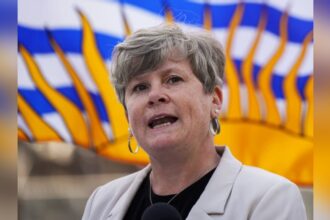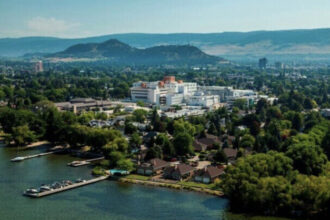The devastating wildfires that swept through northern Manitoba this summer have exposed critical gaps in emergency response capabilities for remote First Nations communities. As evacuees return home, Indigenous leaders are intensifying calls for greater control over firefighting resources and improved equipment to protect their communities from future disasters.
“Our people have been firefighting on our lands for generations. We know the terrain, we know the forests, but we lack the proper tools to defend our communities when flames approach,” said Chief Oliver Okimaw of Sapotaweyak Cree Nation, where nearly 800 residents were evacuated in July when wildfires threatened their community.
The Manitoba Keewatinowi Okimakanak (MKO), representing 26 northern First Nations, revealed that multiple communities were forced to battle encroaching flames with severely limited equipment. In some cases, volunteer firefighters worked with nothing more than garden hoses and pickup trucks retrofitted with water tanks.
Provincial data indicates that more than 300 wildfires burned across Manitoba this summer, consuming over 500,000 hectares of land. Climate scientists at the University of Manitoba have documented that northern regions are experiencing longer, more intense fire seasons – a trend expected to worsen as climate change accelerates.
“When evacuation orders come, our communities face impossible choices,” explained Grand Chief Garrison Settee of MKO. “Do we leave our homes unprotected, or do we stay behind with inadequate equipment to try to save our communities? No one should face this decision.”
The Manitoba government recently announced a $5 million emergency response fund, but First Nations leaders argue this falls far short of addressing structural inequities in disaster management. They point to jurisdictional complications between federal and provincial authorities that frequently delay emergency responses.
Indigenous Services Canada operates under agreements that position provincial agencies as first responders for wildfire protection, even on reserve lands. This arrangement has repeatedly resulted in delayed responses to remote communities.
“When minutes matter, we can’t afford to wait for bureaucratic decisions about which government department will take responsibility,” said Betsy Kennedy, Chief of War Lake First Nation. “We need our own trained teams with proper equipment stationed in our communities year-round.”
An internal review by Emergency Management Manitoba, obtained through freedom of information requests, acknowledged “significant coordination challenges” in this summer’s response efforts, particularly in communities accessible only by air or winter roads.
First Nations leaders are now proposing a network of Indigenous-led emergency response hubs equipped with modern firefighting technology and staffed by locally trained personnel. The proposal includes requests for dedicated water bombers, specialized pumps, and comprehensive fire break infrastructure around vulnerable communities.
“This isn’t just about equipment – it’s about sovereignty,” emphasized Chief Okimaw. “When it comes to protecting our lands and people, First Nations must have decision-making authority and resources to act quickly.”
As climate scientists predict increasingly volatile fire seasons ahead, the push for reforming wildfire response systems takes on new urgency. The question remains: will provincial and federal authorities finally acknowledge that empowering Indigenous communities with resources and authority isn’t just fair – it might be the most effective strategy for protecting lives and lands in Manitoba’s changing climate?

